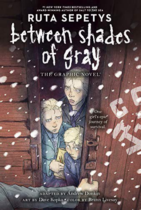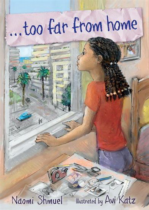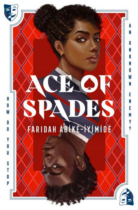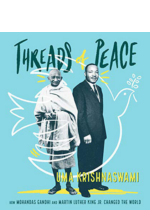in the final years of South Africa’s Apartheid era, an unlikely trio-a sheltered white rugby player, a black farmworker’s son, and an Indian shopkeeper’s daughter-discover the consequences of knowing the truth and having the courage to speak it. Halley’s Comet is the coming-of-age story of Pete de Lange, a white 16-year-old schoolboy, set in small-town South Africa in 1986. Pete lives a relatively sheltered life, primarily concerned with girls and rugby- until one January night changes everything.
Thrust together with two complete strangers-Petrus, a black farmworker’s son and Sarita, an Indian shopkeeper’s daughter-the trio find themselves running for their lives from the vicious Rudie, whose actions will ripple far beyond that fateful night. This era-defying friendship-sparked by a shared secret- challenges everything Pete thought he knew and believed. And when anti-Apartheid revolutionaries set their sights on the town, it will change the course of the three young people’s lives forever.
Halley’s Comet is a story of friendship, love, change, taking chances, hope, a comet, and some pretty cool 80s music.








